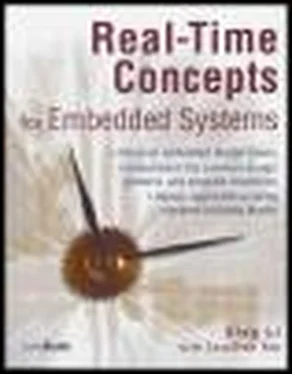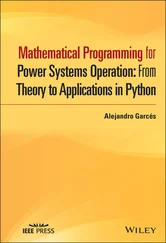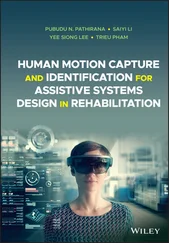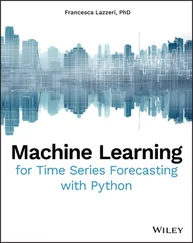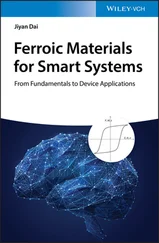Tips on section allocation include the following:
· allocate sections according to size to fully use available memory, and
· examine the nature of the underlying physical memory, the attributes, and the purpose of a section to determine which physical memory is best suited for allocation.
2.4.2 Mapping Executable Images
Various reasons exist why an embedded developer might want to define custom sections, as well as to map these sections into different target memory areas as shown in the last example. The following sections list some of these reasons.
Module Upgradeability
Chapter 1 discusses the storage options and upgradability of software on embedded systems. Software can be easily upgraded when stored in non-volatile memory devices, such as flash devices. It is possible to upgrade the software dynamically while the system is still running. Upgrading the software can involve downloading the new program image over either a serial line or a network and then re-programming the flash memory. The loader in the example could be such an application. The initial version of the loader might be capable of transferring an image from ROM to RAM. A newer version of the loader might be capable of transferring an image from the host over the serial connection to RAM. Therefore, the loader code and data section would be created in a custom loader section. The entire section then would be programmed into the flash memory for easy upgradeability in the future.
Memory Size Limitation
The target system usually has different types of physical memory, but each is limited in size. At times, it is impossible to fit all of the code and data into one type of memory, for example, the SDRAM. Because SDRAM has faster access time than DRAM, it is always desirable to map code and data into it. The available physical SDRAM might not be large enough to fit everything, but plenty of DRAM is available in the system. Therefore, the strategy is to divide the program into multiple sections and have some sections allocated into the SDARM, while the rest is mapped into the DRAM. For example, an often-used function along with a frequently searched lookup table might be mapped to the SDRAM. The remaining code and data is allocated into the DRAM.
Data Protection
Programs usually have various types of constants, such as integer constants and string constants. Sometimes these constants are kept in ROM to avoid accidental modification. In this case, these constants are part of a special data section, which is allocated into ROM.
2.4.3 Example in Practice
Consider an example system containing 256 bytes of ROM, 16KB of flash memory, and two blocks of RAM. RAMB0 is 128KB of SDRAM, and RAMB1 is 2MB of DRAM. An embedded application with a number of sections, as listed in Table 2.3, needs to be mapped into this target system.
Table 2.3: Example embedded application with sections.
| Sections |
Size |
Attribute [1] RD = read only; R/W = readable and writeable |
Description |
| _loader |
10KB |
RD |
Contains the loader code |
| _wflash |
2KB |
RD |
Contains the flash memory programmer |
| .rodata |
128 bytes |
RD |
Contains non-volatile default initialization parameters and data, such as copyright information |
| .sbss |
10KB |
R/W |
Contains uninitialized data less than 64KB (e.g., global variables) |
| .sdata |
2KB |
R/W |
Contains initialized data less than 64KB |
| .bss |
128KB |
R/W |
Contains uninitialized data larger than 64KB |
| .data |
512KB |
R/W |
Contains initialized data larger than 64KB |
| _monitor |
54KB |
RD |
Contains the monitor code |
| .text |
512KB |
RD |
Contains other program code |
One possible allocation is shown in Listing 2.5; it considers why an embedded engineer might want greater section allocation control.
Listing 2.5: Possible section allocation.
MEMORY {
ROM: origin = 0x00000h, length = 0x000100h
FLASH: origin = 0x00110h, length = 0x004000h
RAMB0: origin = 0x05000h, length = 0x020000h
RAMB1: origin = 0x25000h, length = 0x200000h
}
SECTION {
.rodata: › ROM
_loader: › FLASH
_wflash: › FLASH
_monitor: › RAMB0
.sbss (ALIGN 4): › RAMB0
.sdata (ALIGN 4): › RAMB0
.text: › RAMB1
.bss (ALIGN 4): › RAMB1
.data (ALIGN 4): › RAMB1
}
This program allocation is shown in Figure 2.8. The section allocation strategies applied include the following:
· The .rodata section contains system initialization parameters. Most likely these default values never change; therefore, allocate this section to ROM.
· The loader program is usually part of the system program that executes at startup. The _loader and the _wflash sections are allocated into flash memory because the loader code can be updated with new versions that understand more object formats. You need the flash memory programmer for this purpose, which can also be updated. Therefore, section _wflash is allocated into the flash memory as well.
· The embedded programmer interacts with the monitor program to probe system execution states and help debug application code; therefore, it should be responsive to user commands. SDRAM is faster than DRAM, with shorter access time. Therefore, section _monitor is allocated into RAMB0.
· RAMB0 still has space left to accommodate both sections.sbss and.sdata. The allocation strategy for these two sections is to use the leftover fast memory fully.
· The remaining sections (.text, .bss, and .data) are allocated into RAMB1, which is the only memory that can accommodate all of these large sections.
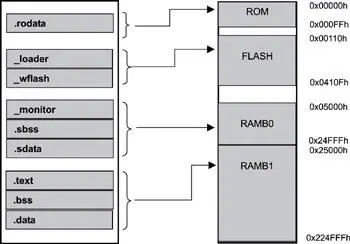
Figure 2.8: Mapping an executable image into the target system.
Some points to remember include the following:
· The linker performs symbol resolution and symbol relocation.
· An embedded programmer must understand the exact memory layout of the target system towards which development is aimed.
· An executable target image is comprised of multiple program sections.
· The programmer can describe the physical memory, such as its size and its mapping address, to the linker using the linker command file. The programmer can also instruct the linker on combining input sections into output sections and placing the output program sections using the linker command file.
· Each program section can reside in different types of physical memory, based on how the section is used. Program code (or.text section) can stay in ROM, flash, and RAM during execution. Program data (or.data section) must stay in RAM during execution.
Chapter 3: Embedded System Initialization
It takes just minutes for a developer to compile and run a “Hello World!” application on a non-embedded system. On the other hand, for an embedded developer, the task is not so trivial. It might take days before seeing a successful result. This process can be a frustrating experience for a developer new to embedded system development.
Читать дальше
